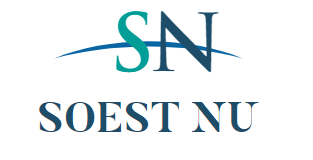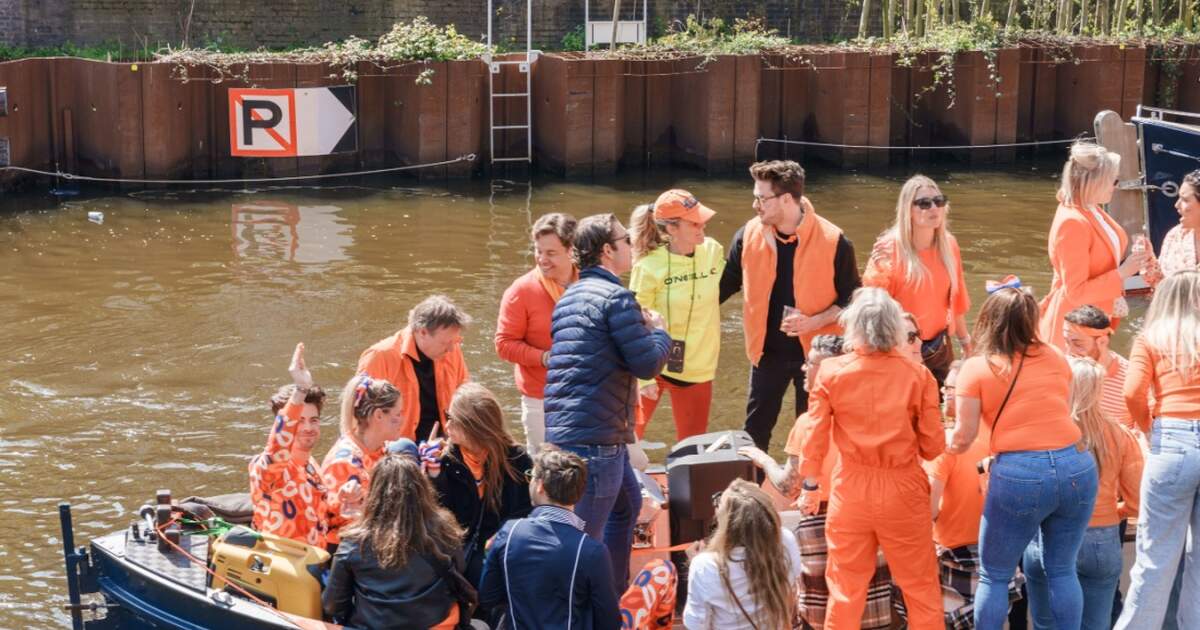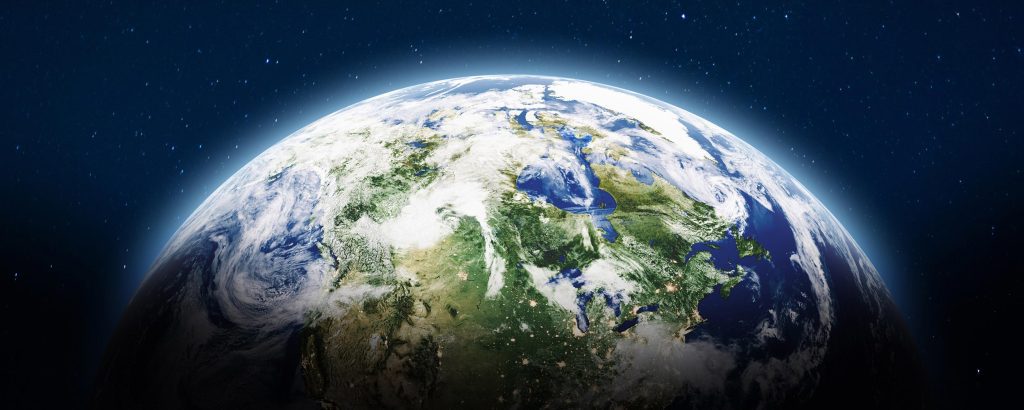Volgens nieuw onderzoek zou het opnieuw bevriezen van de polen door het verminderen van inkomend zonlicht mogelijk en aanzienlijk goedkoop zijn.
De polen van de aarde warmen meerdere malen sneller op dan het wereldgemiddelde. In feite werden eerder dit jaar recordbrekende hittegolven gemeld in zowel het Noordpoolgebied als het Antarctische water. Het smelten van ijs en het instorten van gletsjers op hoge breedtegraden zouden de zeespiegelstijging rond de planeet versnellen. Gelukkig zou het opmerkelijk haalbaar en goedkoop zijn om de polen opnieuw te bevriezen door inkomend zonlicht te verminderen. Dat is volgens nieuw onderzoek gepubliceerd op 15 september 2022 in IOP Publishing’s Communicatie over milieuonderzoek.
Wetenschappers hebben een potentieel toekomstig geo-engineeringprogramma bedacht waarin jets op grote hoogte microscopisch kleine aerosoldeeltjes in de atmosfeer spuiten op 60 graden noord en zuid – ongeveer Anchorage en de zuidpunt van Patagonië. Als ze worden geïnjecteerd op 43.000 voet/13.000 meter (boven de zeilhoogten van het vliegtuig), zullen deze aerosolen langzaam naar de paal drijven, waardoor het oppervlak iets eronder wordt overschaduwd.
Hoofdauteur Wake Smith merkt op: “Er zijn wijdverbreide en redelijke zorgen over het gebruik van aerosolen om de planeet af te koelen, maar als de risico-batenvergelijking ergens vruchten afwerpt, is het bij de polen.” Smit Docent bij[{” attribute=””>Yale University and a Senior Fellow at the Mossavar-Rahmani Center for Business and Government at Harvard Kennedy School.
Particle injections would be performed seasonally in the long days of the local spring and early summer. Both hemispheres could be serviced by the same fleet of jets, ferrying to the opposite pole with the change of seasons.
Pre-existing military air-to-air refueling tankers such as the aged KC-135 and the A330 MMRT don’t have enough payload at the required altitudes. However, newly designed high-altitude tankers would prove much more efficient. A fleet of roughly 125 such tankers could loft a payload sufficient to cool the regions poleward of 60°N/S by 2°C per year. This would be enough to return them close to their pre-industrial average temperatures. Annual costs are estimated at $11 billion. This is less than one-third the cost of cooling the entire planet by the same 2°C magnitude and just a tiny fraction of the cost of reaching net zero emissions.
“Game-changing though this could be in a rapidly warming world, stratospheric aerosol injections merely treat a symptom of climate change but not the underlying disease. It’s aspirin, not penicillin. It’s not a substitute for decarbonization,” says Smith.
Cooling at the poles would provide direct protection for only a small portion of the planet. However, the mid-latitudes should also experience some temperature reduction. Since less than 1% of the global human population lives in the target deployment zones, a polar deployment would entail much less direct risk to most of humanity than a global program.
“Nonetheless, any intentional turning of the global thermostat would be of common interest to all of humanity and not merely the province of Arctic and Patagonian nations,” adds Smith.
In summary, the current study is just a small and preliminary step towards understanding the costs, benefits, and risks of undertaking climate intervention at high latitudes. It provides further reason to believe that such tools could prove useful both in preserving the cryosphere near the poles and slowing global sea level rise.
Reference: “A subpolar-focused stratospheric aerosol injection deployment scenario” by Wake Smith, Umang Bhattarai, Douglas G MacMartin, Walker Raymond Lee, Daniele Visioni, Ben Kravitz and Christian V Rice, 15 September 2022, Environmental Research Communications.
DOI: 10.1088/2515-7620/ac8cd3

“Amateur-organisator. Wannabe-bierevangelist. Algemene webfan. Gecertificeerde internetninja. Fanatieke lezer.”









More Stories
Vreemde spinnen verspreidden zich in verbazingwekkende foto's in de Inca-stad op Mars
NASA's geavanceerde zonnezeil met succes ingezet in de ruimte: ScienceAlert
NASA-astronauten Butch Wilmore en Sonny Williams arriveren in Florida tijdens de eerste bemande ruimtevlucht van Boeing.